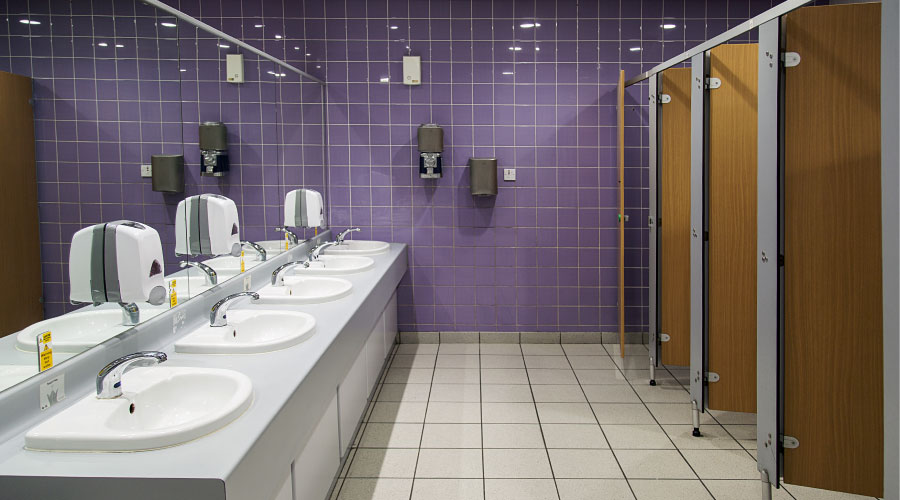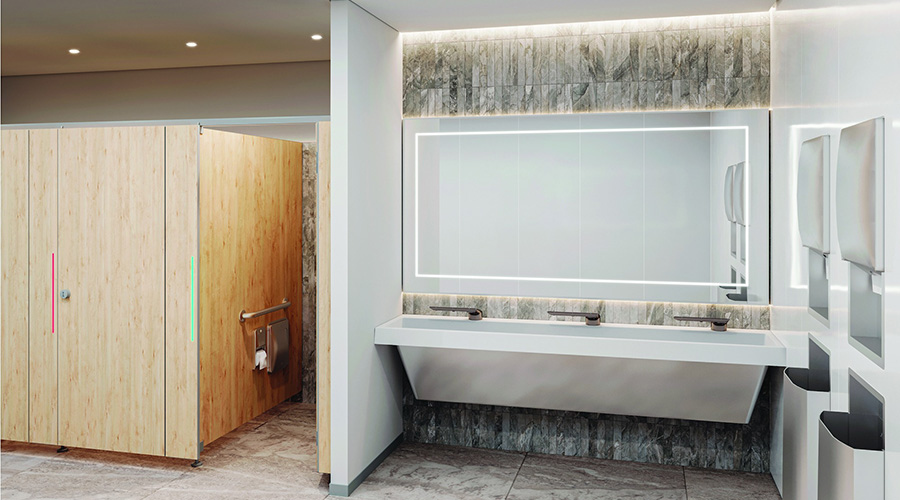Clearing Way With Drain-Cleaning Equipment
The task of keeping drains, piping and plumbing systems open and flowing in institutional and commercial facilities is challenging and unending. Numerous materials cause blockages, they tend to occur in hard-to-access areas of the systems, and the systems in many facilities are in less-than ideal condition.
To meet these challenges, maintenance and engineering managers must equip their technicians with the most appropriate and effective drain-cleaning equipment. One central element in these efforts is understanding the equipment needs of front-line technicians and the entire range of options for available products. After all, drain cleaning is not a one-size-fits-all process.
"One major misconception with drain-cleaning equipment is that one machine is all that is needed for all drain issues," says Mark Speranza with Electric Eel Manufacturing. "To maintain a facility's various issues, several different machines will typically be needed to clear lines from 1 inch to 12 inches that vary in distance."
Assessing needs
While not revolutionary, new-generation drain cleaning equipment — including water jetters, sectional and drum machines, sink machines, and snakes — builds and improves on existing technology in ways that put more power and flexibility in the hands of technicians. Advances in diagnostic features are one example of this evolution.
"One important area of advancement is with pipeline inspection cameras," Speranza says. "These can be valuable tools in determining exactly what is causing a problem with a drain or pipeline. Systems today offer one-touch recording to a USB stick and footage counters. They are more compact and portable and include a transmitter in the camera head for easy locating of a problem area in a pipeline."
Managers also need to be aware of advances in water-jetting equipment.
"You've always had cable machines, either drum or sectional," says Jack Schaeper with Ridge Tool Co. "Jetting has been available, as well, but recently, jetting has become more popular. The change has come because of a lot of advances in the capabilities of the jetters. You now have jetters that can clean 2½-inch (diameter) lines all the way up to 24 ½-inch lines."
Determining the best way for technicians to use new drain-cleaning equipment involves understanding the facility's need for such products.
"First, a manager should assess what his or her costs are," says Marty Silverman with General Pipe Cleaners. "Is he or she paying an outside contractor to do drain cleaning work? If so, how much, and for what types of jobs? The majority of clogged drain problems are likely to be small drains, like clogged sinks, slow-draining tubs, and clogged toilets. Most likely, the $300-500 cost of a small drain-cleaning machine will pay for itself in just a few uses."
Related Topics:














